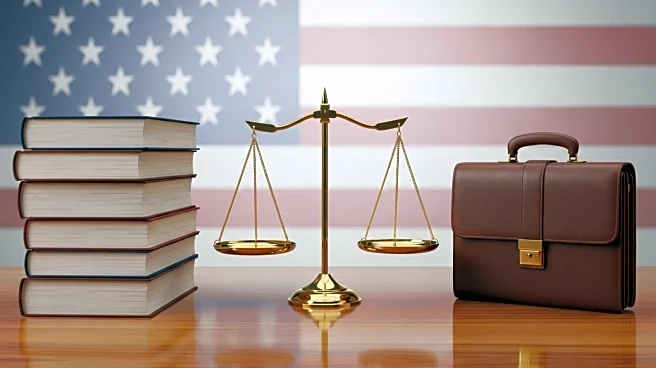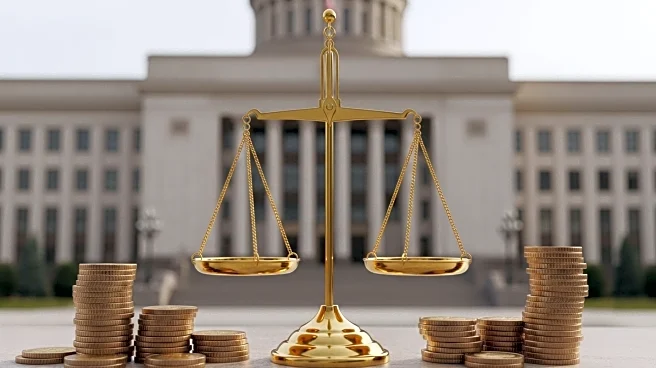What's Happening?
The Trump administration is considering selling portions of the federal government's $1.6 trillion student loan portfolio to private market entities. Discussions have been held among senior officials from the Education and Treasury Departments, focusing on high-performing segments of the portfolio. The initiative aims to reduce government involvement in student lending and increase private sector participation. Industry executives, including potential buyers, have been involved in these discussions. The move aligns with GOP goals to minimize federal student lending and shift responsibilities to private lenders.
Why It's Important?
Selling federal student loans to private lenders could have significant implications for borrowers, potentially leading to less favorable terms and weaker protections compared to federal loans. This shift could alter the student loan market and impact millions of borrowers. The proposal reflects a major policy change from previous administrations, which focused on expanding borrower protections and forgiveness options. It could also influence public policy debates on the role of government in education financing.
What's Next?
The administration may engage external consulting firms to assess the portfolio's value and market potential. Congressional approval will be required for the sale, along with assurances that taxpayers will not incur additional costs. Stakeholders, including political leaders and borrower advocacy groups, are likely to react to the proposal, potentially leading to legislative and legal challenges. The outcome of these discussions could set a precedent for future government actions regarding student loan management.
Beyond the Headlines
The proposal raises ethical and legal questions about the government's responsibility to protect borrowers. It could lead to long-term shifts in how student loans are managed and perceived, potentially affecting access to higher education. The move may also spark debates on the privatization of public services and the balance between government oversight and market-driven solutions.










